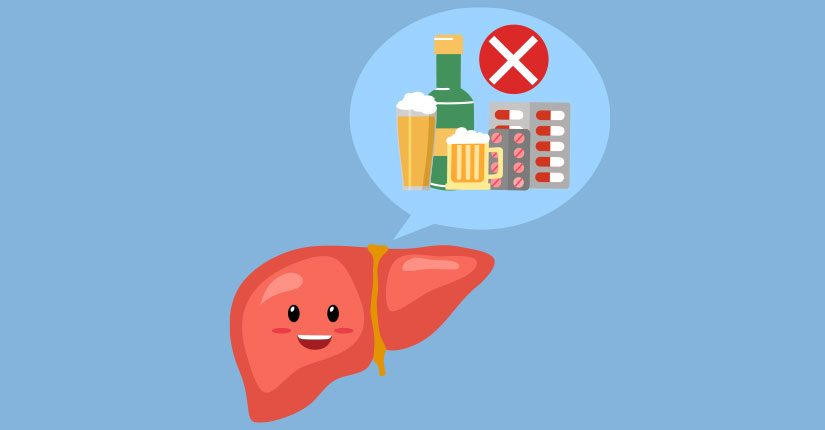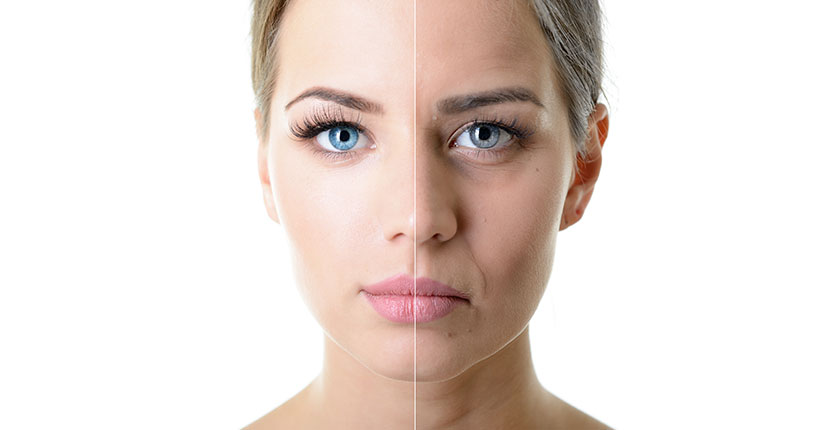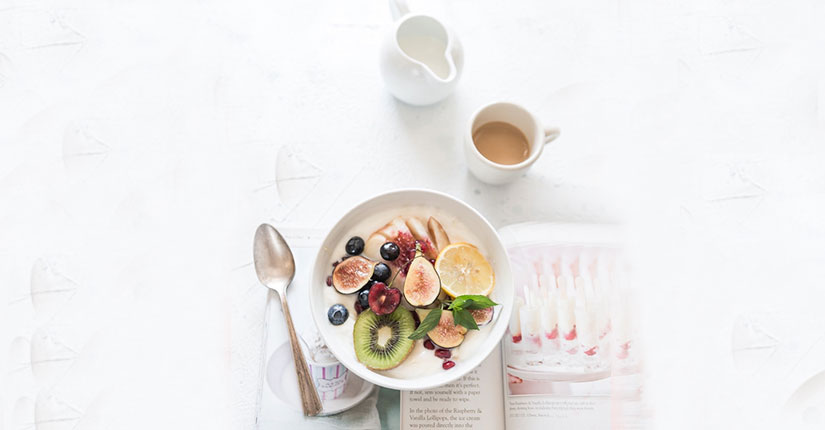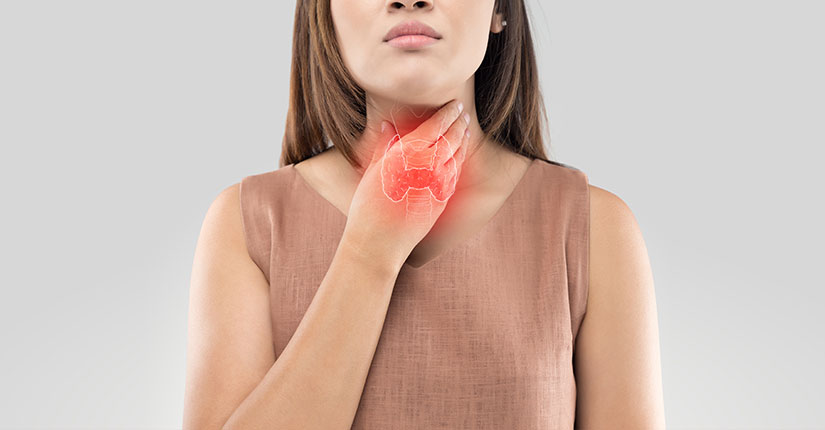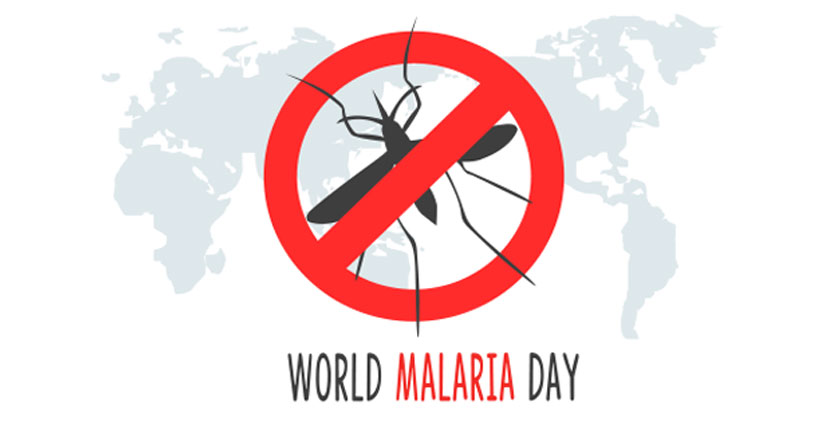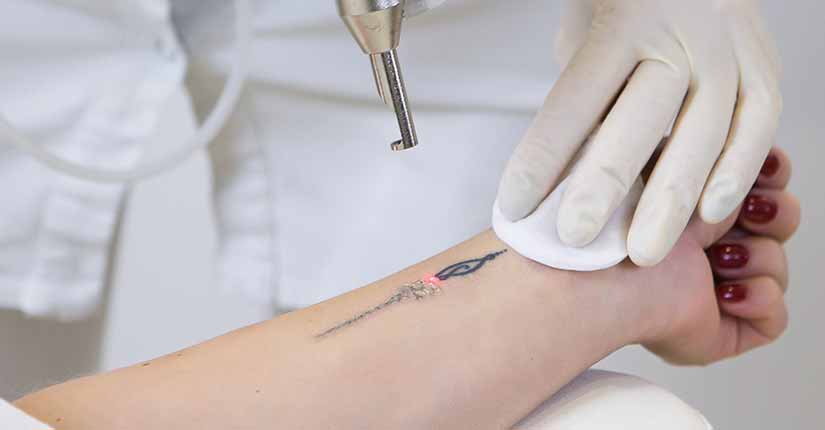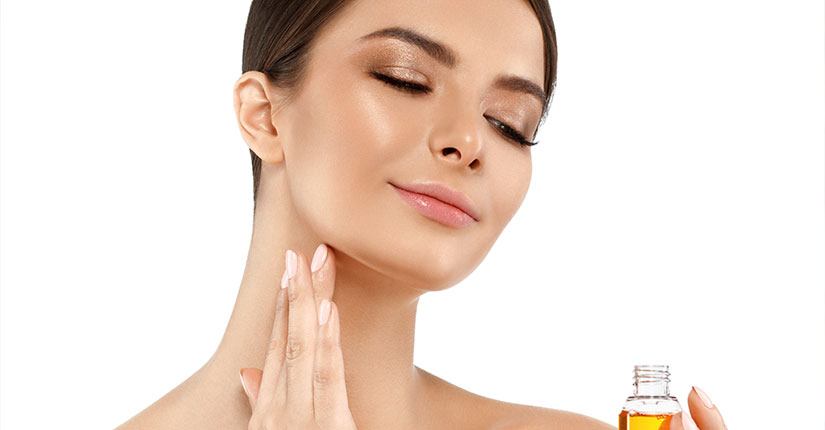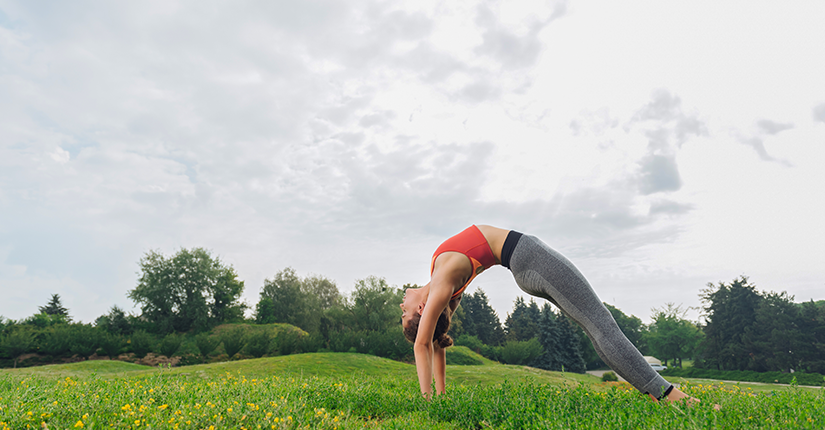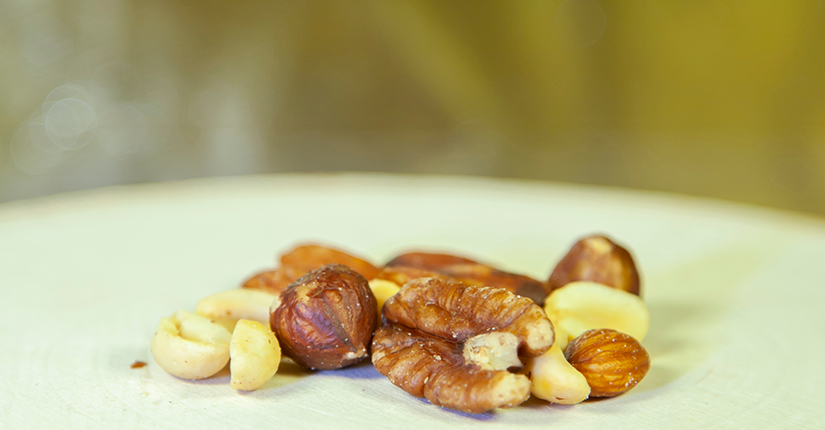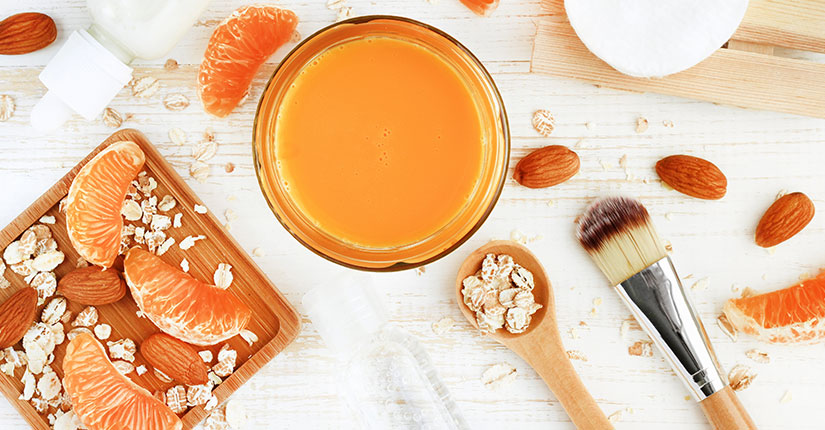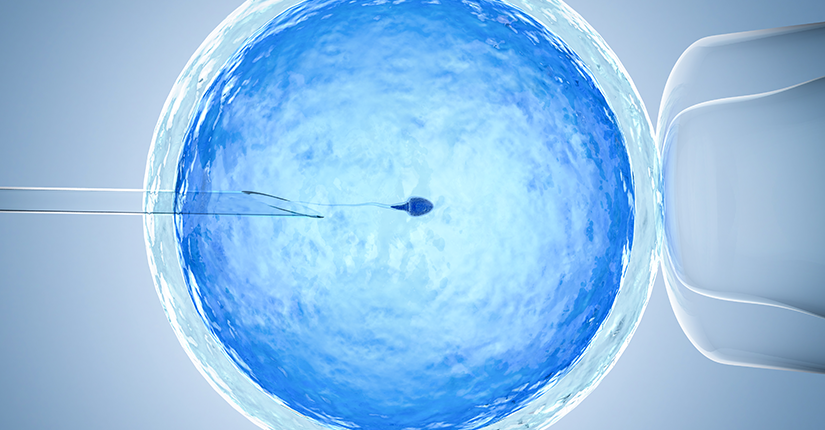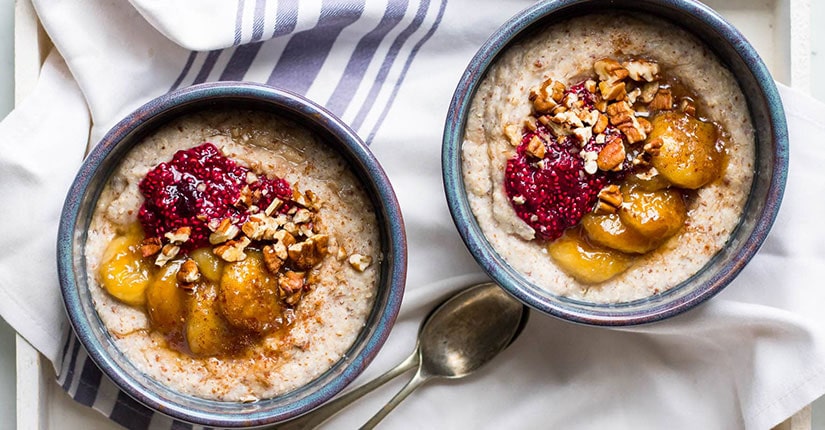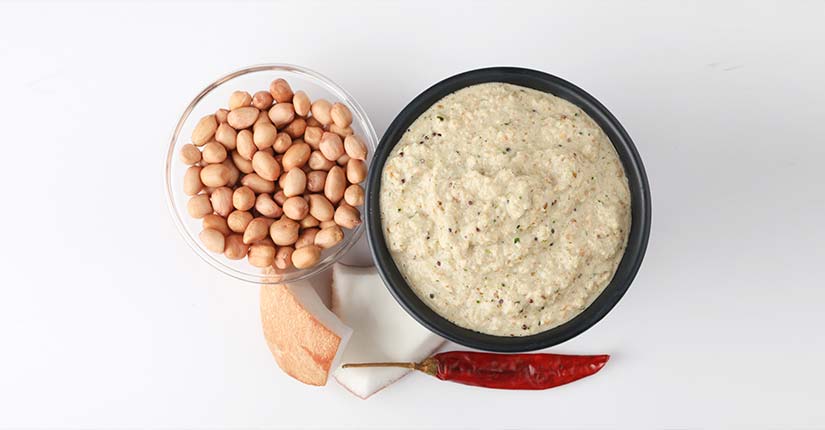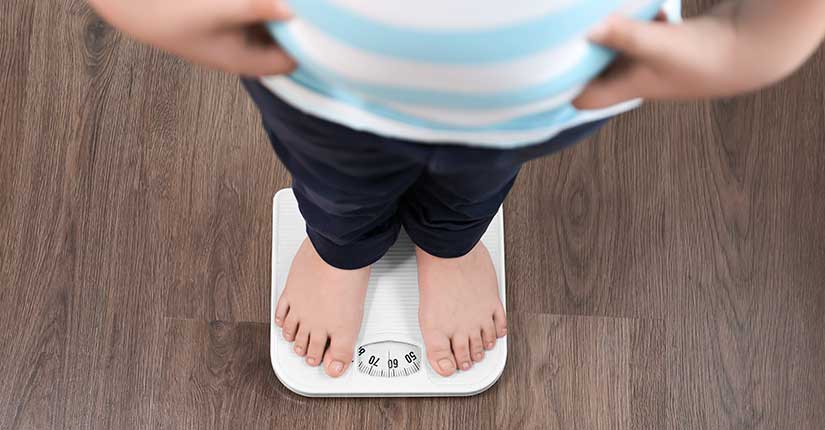6 Lifestyle Approaches to Help you Manage Osteoporosis
By Nmami Agarwal 23-Jun 2022 Reading Time: 8 Mins
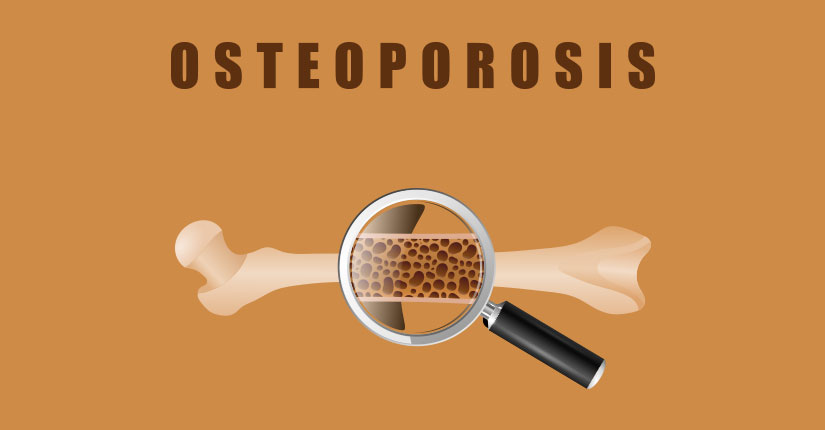
Osteoporosis causes bones to become weak and brittle — so brittle that a fall or even mild stresses such as bending over or coughing can cause a fracture. Osteoporosis-related fractures most commonly occur in the hip, wrist or spine.
Bone is living tissue that is constantly being broken down and replaced. Osteoporosis occurs when the creation of new bone doesn’t keep up with the loss of old bone.
If you have been diagnosed with osteoporosis, it’s important to make lifestyle changes as early as possible to slow down the bone loss, progression of the disease and lower the chances of fracture.
Here’s a breakdown of five lifestyle steps to help you on the road to better bone health.
Nutrition –
Eat a Healthful Diet as good nutrition is vital for normal growth and development. Not getting enough calcium and vitamin D may be a reason osteoporosis starts and progresses
.
Calcium – Calcium is the key mineral for reaching peak bone mass. It also helps to prevent and treat osteoporosis. Calcium intakes for adults should fall between 1,000 and 1,200 mg per day. This changes based on your age. Most children, teens, and adults don’t reach these levels
- Sources- Low-fat milk, yogurt, cheese, sardines, soy products, and collard greens.
- Orange juice, breakfast bars, and cereals have calcium added.
- If there is still a deficiency, talk to your doctor or a dietitian. High amounts of proteins, caffeine, and salt in your diet may lower calcium levels in some people. But this may not be as much of a problem in those who get enough of it.
Vitamin D – Vitamin D is needed for bone health. Vitamin D helps with taking in calcium. Your skin makes vitamin D when you spend time in the sun. Older adults and people who don’t spend a lot of time in the sun may have a harder time getting vitamin D. If there is adequate consumption of milk and eggs, Vitamin D requirements can be met as it’s added in it.Experts advise a daily intake of between 600 and 1,000 international units (IU) of vitamin D.
Exercise routine –
Calcium supplements and osteoporosis medications can stop bone loss — which allows the bone to rebuild itself, but the body needs ‘encouragement’ to rebuild bone.The skeleton needs to be under stress so it will get stronger.That’s why exercise is important for better bone health. Be sure to talk with your doctor before you begin any exercise regimen. Tell your instructor that you have osteoporosis. For any of the exercise activities mentioned below, make sure you have a certified fitness trainer/instructor.
Here are some types of exercises your doctor may suggest.
- Make walking a daily ritual. Walking, jogging, and light aerobics make your bones and muscles work against gravity — which puts stress on the skeleton, which strengthens bones. Bicycling is also good for bones; it offers some resistance, which improves muscle mass and strengthens bones.
- Core strengthening- Try including Abdominal exercises, lower back exercises, yoga, Pilates, and tai chi. They help strengthen the bones, spine and prevent falls by improving the balance.
- Weight bearing and resistance exercises help the most. Walking, running, tennis, or hiking are all good for your bones. Strength training can help raise your bone density. This will keep your muscles strong.
Smoking and alcohol –
Smoking needs to completely be prohibited as nicotine is toxic to the bone and directly affects the bone mineral density causing muscle weakness, speeds up progression of the disease and increases the chances of fractures.
Alcohol in excess causes about 2% bone loss in a year’s time. Nicotine also causes 2% bone loss. If you’re having alcohol and nicotine both in excess, the combined bone loss is actually doubled — 8% bone loss.
Bone density testing –
A bone mineral density test (BMD) is the only way to determine the extent of your bone loss. Your doctor will determine how frequently you should have a bone density test. If you’re taking osteoporosis medications — or have certain risk factors — you may need a test every six months.
Preventing falls –
Steps to protect yourself against falls are important. Osteoporosis raises your chances of broken bones. Most falls happen in the home.
- Floors—Remove all loose wires, cords and reduce overall clutter.Don’t move furniture around.
- Bathrooms—Put in grab bars and non-skid tape in the tub or shower.
- Lighting—Make sure halls, stairways, and entrances are well lit. Put a night light in your bathroom. Turn lights on if you get up in the middle of the night.
- Kitchen—Put in non-skid rubber mats near the sink and stove. Clean spills right away.
- Other precautions—Wear sturdy, rubber-soled shoes. Ask your doctor whether any of your medicines might cause you to fall.
Regularly staying in touch with your doctor
When to Contact Your Doctor
- If you have fallen and you think you may have broken a bone or need help preventing more falls
- If you need assistance developing a healthful diet or exercise program
- If you need assistance quitting smoking or drinking

